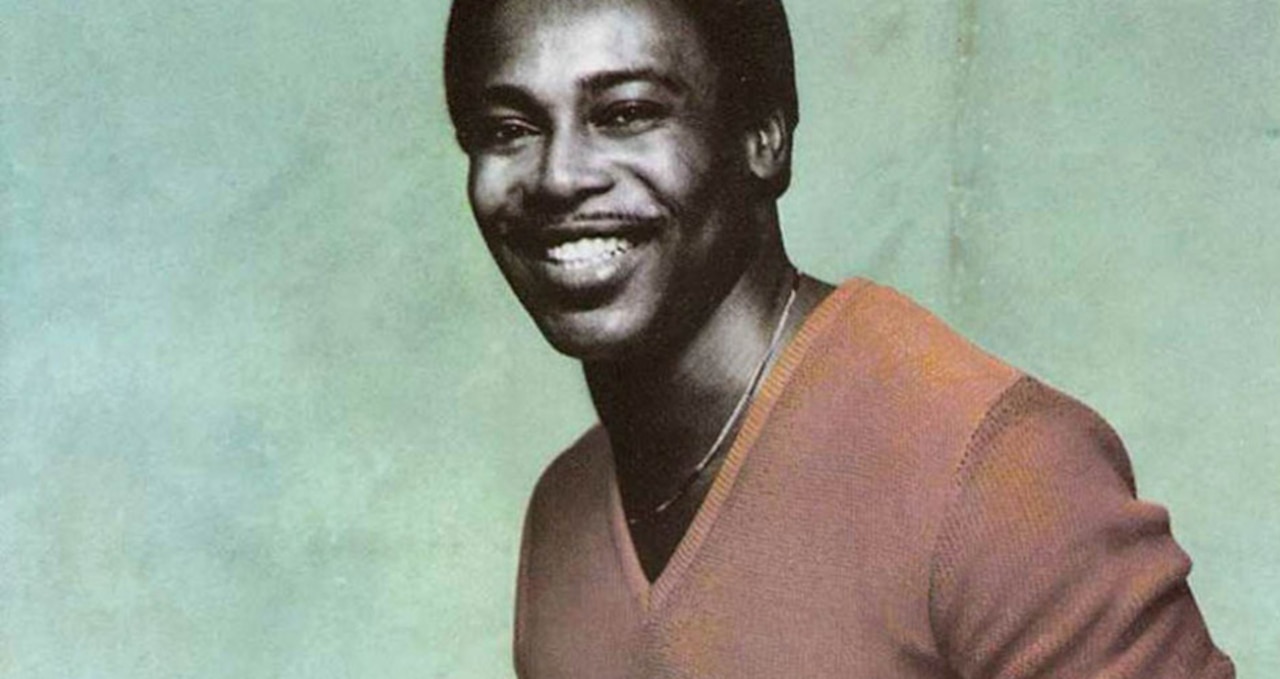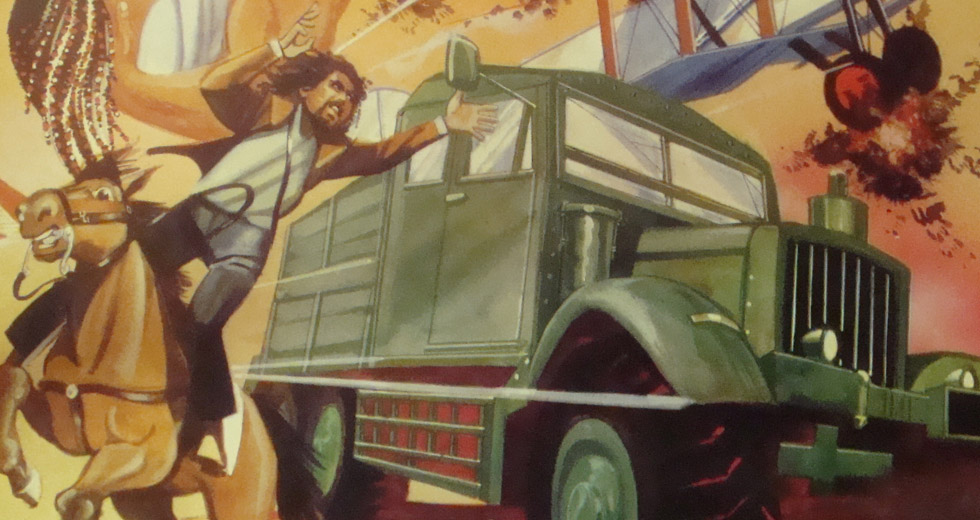Interview: George Benson
A quick chat with the jazz lifer.

Guitarist/vocalist George Benson has straddled the best of both worlds. Beginning his career as a young jazz man recording for CTI Records where he crafted the progressive soul-jazz albums White Rabbit and Bad Benson, he was a virtuoso critic favorite. A few years later, Benson crossed over to pop’s greener pastures when he recorded his 1976 classic Breezin’, and was soon dismissed by jazz purists for changing his style. Benson’s popularity continued to grow through the rest of the decade on the back of albums like In Flight and Give Me the Night.
Reflecting on his more than 60 years as a working musician, Benson’s recently penned autobiography takes the reader on the journey from poverty to private jets – and a world filled with music.
This year you turned 71 and your autobiography Benson (co-written with Alan Golder) was recently published by Da Capo Press. What inspired you to do the book?
When I talk to my friends and tell them stuff they would say, “Man, you got to put that stuff down (on paper).” I never thought about it, but I finally realized they were right. After you get past a certain amount of years, you start forgetting stuff. Some of the guys in my band have been with me for years, and when we started talking, it all started coming back. I talk in musical terms when I talk to musicians, but my co-writer helped clean up my vernacular so the average Joe could understand it. I’m very proud of the book, which says enough to musicians just trying to make it in this crazy world and not knowing what’s coming up next.
You’ve lived in Harlem, New Jersey and Arizona, but you’re originally from Pittsburgh. What was the city like when you were growing up?
Pittsburgh had a lot of music when I was a kid. I lived near Wiley and Fulton Street. That was the mecca. Wiley was where a lot of musicians hung out when they came to Pittsburgh. They had a club called the Stanley on one side; the Blue Note was on another corner. Pittsburgh was the last big stop before they made on their way to the Big Apple. Guys like Charlie Parker used to come through to try their chops out. Pittsburgh was also known for having some great musicians who came from there: Erroll Garner, Art Blakey, and Billy Eckstine being the biggest.
When I was seven years old, I wanted to play guitar, but I was too small to handle it. I found a ukulele in the trash all smashed up and my stepfather fixed it up, put some strings on it and taught me the first few chords I ever played. I went out and played for change on the corners, and years later Billy Eckstine told me, “Yeah, we used to give you quarters.”
I went out and played for change on the corners, and years later Billy Eckstine told me, “Yeah, we used to give you quarters.”
What turned you on to the guitar in the first place?
My stepfather was a guitar player, and when he got his amplifier out of the pawn shop, he plugged it in and when he turned it on, that sound was like the most incredible thing I ever heard. I pressed my back against it and the vibes went right through my chest, right through my body and I was hooked on that sound. Like my ukulele, he later made my first guitar. We were impoverished in those days and the electric guitar I wanted cost $55. It was in the pawn shop window and I took him to see it and he said, “Man, you know I can make that.” And he did. I drew the guitar on a piece of brown paper and he traced it on a piece of oak wood and carved it with hacksaw blades. It took two days.
You made a lot of classic sides at Rudy Van Gelder studio in Englewood, New Jersey.
When I first came to New York, I was 19 and me and Jack McDuff recorded an album there, and I fell in love with that studio. When I lived in Harlem, I used to cross the George Washington Bridge to record there for Blue Note and A&M sessions and ultimately my CTI sides. Rudy was a maverick; as far as engineering was concerned, he did everything himself. I made records with him for many years including sides with Stanley Turrentine (“Sugar”), Freddie Hubbard (“First Light”) and people like that.
In 1968 you worked with Miles Davis on Miles in the Sky, playing on a track called “Paraphernalia.” What do you remember about him?
Well, you know Miles’ reputation held up. I didn’t think he was difficult, just a singular kind of guy. It was hard to hard figure him out. You never knew what he was going to do next, but you knew it wasn’t going to be ordinary, that’s for sure. He called me up with his froggy voice and invited me to the studio. The first day, nothing happened. The second day he played two notes and left. The third day he came to the studio, I said, “Miles, man, I don’t want to take your money if we’re not going to make any records.” He said, “Naw, man, we goin’ to.”
His personality was incredible and he said what he wanted to the producer (Teo Macero); he asked me to join his band, but I turned him down. We later became great friends and would see each other at festivals when we were both travelling around the world doing shows.
In 1969, you and producer Creed Taylor worked on your first collaboration Shape of Things to Come. For the next seven years, you two made some classic albums including The Other Side of Abbey Road, White Rabbit, and Bad Benson. What was Creed like?
I’ve never agreed with a lot of producers, but after working with Creed Taylor I realized it was important to at least hear them out, see what he’s talking about. Working with Creed, we were partners. Every now and then we ran into a problem, but I learned to let him have his say. I never agreed with a lot of producers, because I have an advantage over them, because I play all the time to a live audience and I know what people like. I know what kinds of things work. Some were musicians themselves. Quincy Jones, who I worked with on Give Me the Night, was a trumpet player. Tommy LiPuma was a saxophone player, but they don’t play for a living like I do. At the same time, in the studio, I partner with them, listen to their side and it works well. Creed didn’t like my voice though, so he didn’t like when I wanted to sing.
Tommy LiPuma apparently loved your voice, since he was the producer who helped you crossover to pop success with Breezin’ in 1976. What do you recall about those sessions?
Tommy LiPuma introduced me to the world when he found “This Masquerade” and “Breezin’.” I didn’t like either song at first. I thought they were too simple, but I liked Bobby Womack’s version of it. He also wrote it, so I had him come to the studio to give me some fresh ideas and he came up with the freshest [hums the opening]; that was not on the other version.
As a native New Yorker, one of my favorite songs has always been your version of “On Broadway,” which appeared on your Weekend in L.A. album in 1978. Director Bob Fosse used that track in All That Jazz the following year. How did that come together?
My manager called and said they wanted “On Broadway” to open the movie. I had no idea who Bob Fosse was and all that dancing stuff. He said they were only going to use two minutes of it, but when we went to the screening, it played for five minutes. My manager underplayed it. Maybe he was doing a favor for a friend, but I told him, “You going have to get me more money.” The following year the score won an Academy Award, and I was like, “Where is my Oscar?” Because when you think of that movie, you think of my song.
In 2013, you put out the excellent Inspiration: A Tribute to Nat King Cole. What was the musical connection?
Nat King Cole was a piano playing expert who knew what he was doing. There was nothing haphazard about him. He was a suave guy who was also a jazz innovator; the Nat King Cole Trio doesn’t get enough credit for their innovations.
According to the website Who Sampled, you’ve been sampled on 210 rap songs including Common (“I Used to Love Her”), Pete Rock & CL Smooth (“I Get Physical”), and Destiny’s Child (“Get On the Bus”).
I’ve heard some of them, but I didn’t know it was that many. I got to go looking for my money now.

